
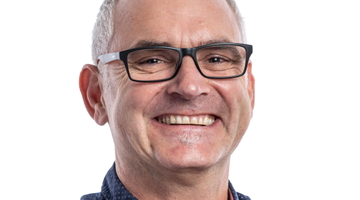
Position: Paleoclimate scientist, GNS Science. Field: Paleoecology. Dr Marcus Vandergoes is a paleoecologist at GNS Science. That means that he uses the ancient remains of plants and animals to ...
READ MORE
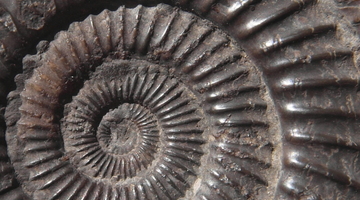
“How old is it?” is one of the first questions you’ll probably ask when you see an interesting rock or fossil. It’s certainly one of the first things that a geologist wants to know. As you’ll ...
READ MORE
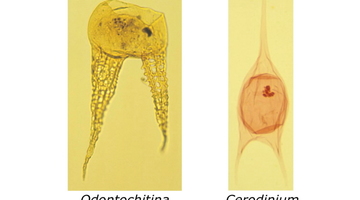
Dinosaurs used to live in New Zealand. We know this because their fossils have been found in a few places. The fossils of a number of different dinosaurs were found at the Mangahouanga Stream, in ...
READ MORE
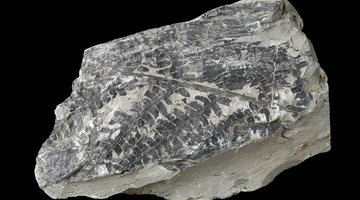
In this activity, students date fossils from one site by matching them to fossils already dated somewhere else. They use real data from Mangahouanga, made famous by paleontologist Joan Wiffen. By ...
READ MORE
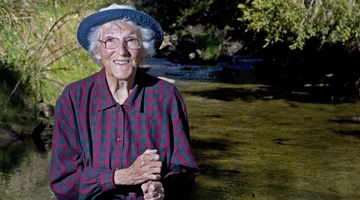
In this activity, students use different pieces of a jigsaw to work through a process of observation, discussion, collaboration and deduction to determine what the picture shows. The activity is ...
READ MORE
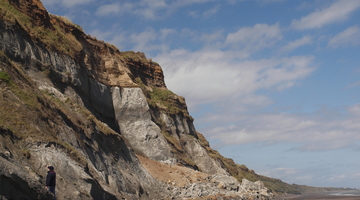
Scientists have a variety of methods to use when they try to date a rock or a rock layer. Scientists choose the method that best suits their material – they might use relative or absolute dating ...
READ MORE
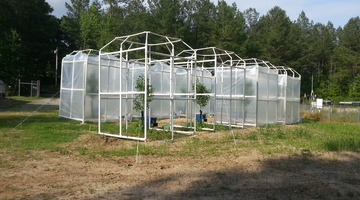
By comparing some features of fossilised plants with the same features of plants living today, scientists hope to be able to learn more about the effect of changing carbon dioxide (CO2) levels in ...
READ MORE
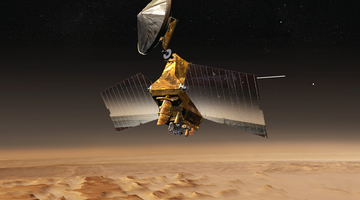
The Planet Four online citizen science project is designed to assist planetary scientists to identify and measure features on the surface of Mars that don’t exist on Earth. Help is needed to ...
READ MORE
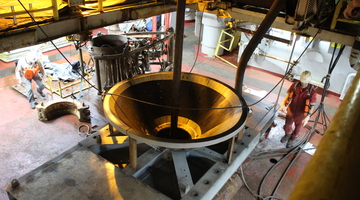
In this recorded professional learning session, Lyn Rogers and guest Aliki Weststrate from GNS Science explore some of the science involved in building our understandings of natural hazards ...
READ MORE

Both science and mātauranga pūtaiao build knowledge and understanding about our world. Often, we start with curiosity about something we’ve noticed and we want to find out more. At other times ...
READ MORE
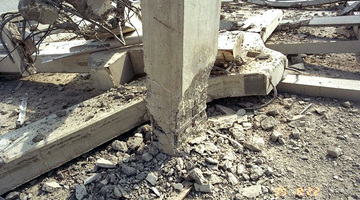
About 14,000 earthquakes are recorded in and around Aotearoa New Zealand every year. Canterbury’s 7.1 and Kaikōura's 7.8 magnitude earthquakes and subsequent aftershocks show the constant threat ...
READ MORE
Dr Christine Prior is Team Leader of the Rafter Radiocarbon Laboratory at GNS Science. In this video, she compares conventional and accelerator mass spectrometry (AMS) radiocarbon dating. AMS is ...
READ MORE
Dr Marcus Vandergoes, a paleoecologist at GNS Science, explains how cores from Ōkārito Pākihi and other Westland peat bogs provide evidence for climate and environmental change over the last ...
READ MORE
Dr Marcus Vandergoes, of GNS Science, outlines the relative and absolute dating methods used on a sediment core from Ōkārito Pākihi in Westland. AMS radiocarbon dating of organic material is ...
READ MORE
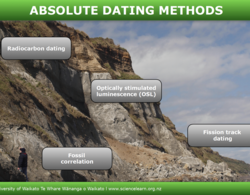
Absolute dating methods give rocks an actual date or date range in numbers of years. This interactive explores four different methods used in absolute dating.
READ MORE
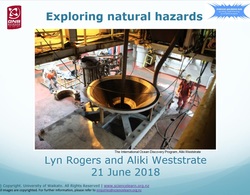
This is the slideshow that supports the Exploring natural hazards PLD webinar. Use the Slideshow menu for further options, including view full screen, and go here for the download option.
READ MORE

This timeline lets you see aspects of Joan's life and work, and how these fit into a wider science picture of paleontology. A full transcript is underneath.
READ MORE